LEWISTON — It was a Friday morning several weeks ago when the students and staff at Next STEP were gathered in the cafeteria for their weekly shoutout session.
One by one, each person shared a message of appreciation for themselves or others in the school. One student gave a shoutout to a teacher, saying “I’d be lost without him.” Another staff member told a student, “I won’t get into your business, but it’s been a rough week, and I’m glad you’re here.”
Others were congratulated for their fashion sense, and one student shared he was proud of himself for just showing up.
Around the circle sat more than double the number of students and staff that had been in the school the year prior. Sensing a greater community need, Next STEP administrators chose last year to scale the program up, adding grades seven through nine in addition to the preexisting 10-12 program.
It was a major step forward for a unique school charting its own path forward.
Next STEP, a collaboration between Lewiston Public Schools and Tree Street Youth, is located in the Gov. James B. Longley School on Birch Street. Rather than labeling Next STEP as an alternative school, students and staff say the program is what school should be: A collaborative education rooted in restorative justice techniques, where students have a voice in shaping their education.

Next STEP students Sam Brown, left, Emily Dauphin, center, and Cymon Gaudet pose May 5 in the Chill Room where they painted the mural in the background. Russ Dillingham/Sun Journal
Staff call the school an incubator, a place to try new and emerging education techniques to find what works and pass on their experience to help improve other schools.
Next STEP was born out of a $150,000 grant from the Barr Foundation, awarded in 2017 as part of its “Engage New England: Doing high school differently” initiative.
In its first two years, the program had a maximum capacity of 25 students. After the class of 2022 receives their diplomas this June, a total of 27 students will have graduated from Next STEP since its start in 2019.
Now, about 65 students are enrolled in the program, one-third of whom are middle school students.
Creating a pilot program for the middle school students this year was challenging, Next STEP program administrator Philip Johnston said. What worked for the high schoolers didn’t necessarily work for the younger students.
“The first thing that we learned about middle school is kids’ motivations are different,” Johnston said.
High schoolers are earning credits with an eye toward graduation, he explained. For them, the finish line is in sight.
“We needed to kind of build up (the middle schoolers’) personal beliefs, and not just their belonging, but their identity, and … their purpose,” Johnston said. “I think it was a little bit more existential than we initially thought.”

Next STEP arts and English teacher Noelle Auger, waits for students to come into the classroom May 5. Russ Dillingham/Sun Journal
At its start, the middle school program was too much like the middle school a couple streets over that the students had left. But instead of waiting for the end of the academic year to shift gears, students and staff came together and tweaked the program last fall to better fit their needs.
One strategy teachers used to engage students was adding more hands-on learning to the curriculum, often through community partnerships.
Middle school students visited the Greater Androscoggin Humane Society and learned they were in need of donations, Johnston said. So they created dog treats and cat toys to bring back. Another partnership with Museum LA had students designing and selling their own T-shirt, teaching entrepreneurial skills.
Similar to other schools, Next STEP staff were challenged by reduced attendance and more behavior challenges this year, Johnston said.
The attendance problem is often more complex than students not wanting to go to school, he explained. Next STEP staff not only teach, but they also work with families to reduce barriers to their children’s education.
“That really requires a team of people that can not just focus on the kids who are in front of them and make sure we don’t diminish their experience at all, but also go out and find the kids who are not showing up and just try and assess what’s going on,” Johnston said.
Due to both the pandemic and school expansion, Next STEP restorative and community support lead Mike Akanji said staff have gone from having one or two restorative meetings with students to upward of 15 each day.
“Now we’re doing it from 8 (a.m.) to 2 (p.m.),” Akanji said. “The whole day, you know what I mean?”

Nearly every wall in the Gov. James B Longley School, which houses the Next STEP program, is filled with art and positive messages. Russ Dillingham/Sun Journal
The expansion has not only enabled Next STEP to support younger students, it has also increased the number of high school students able to enroll, providing a different pathway to graduation at a time when more students than ever are in need.
Last year, Next STEP senior Josianna Spearman thought she would have to drop out of school and study for a GED diploma, now known as the HiSET in Maine, because she was behind her peers. Instead, a Next STEP student suggested she give the Birch Street school a try.
One year later, Spearman said she was able to recover a couple of missing credits and is on track to graduate in June.
“This year is the only year I’ve felt I have a say in my education,” Spearman said. “I’m in it to win it.”
Junior Xavier Leonard said when students are behind, the accelerated program at Next STEP gives them a chance to catch up.
“You’re not lost,” he said.
Visitors to Next STEP will quickly be struck by the vibrant artwork painted across the school. Painting the doors, Spearman said, was her idea.
After discussing it with a few staff members, she and other students got the go-ahead. It’s one of her favorite things about the school. Before coming to Next STEP, she had never imagined she would have the freedom to paint the walls and doors in her school.
Staff “come in every day to focus on that one goal, to push, to get kids to graduation and love them, what they’re doing,” Akanji said. “We’re dedicated to finding out what works for our students.”
Send questions/comments to the editors.


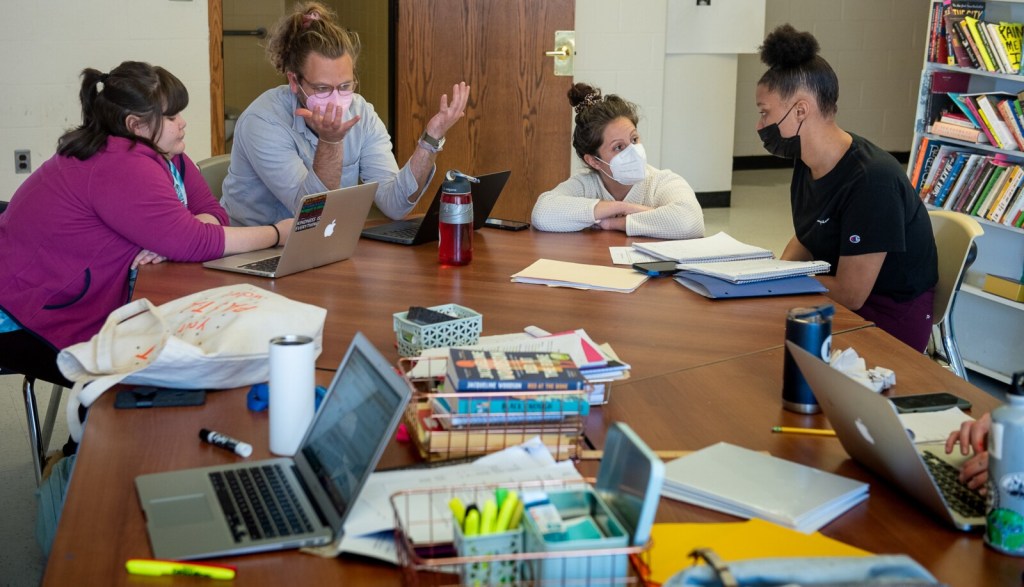
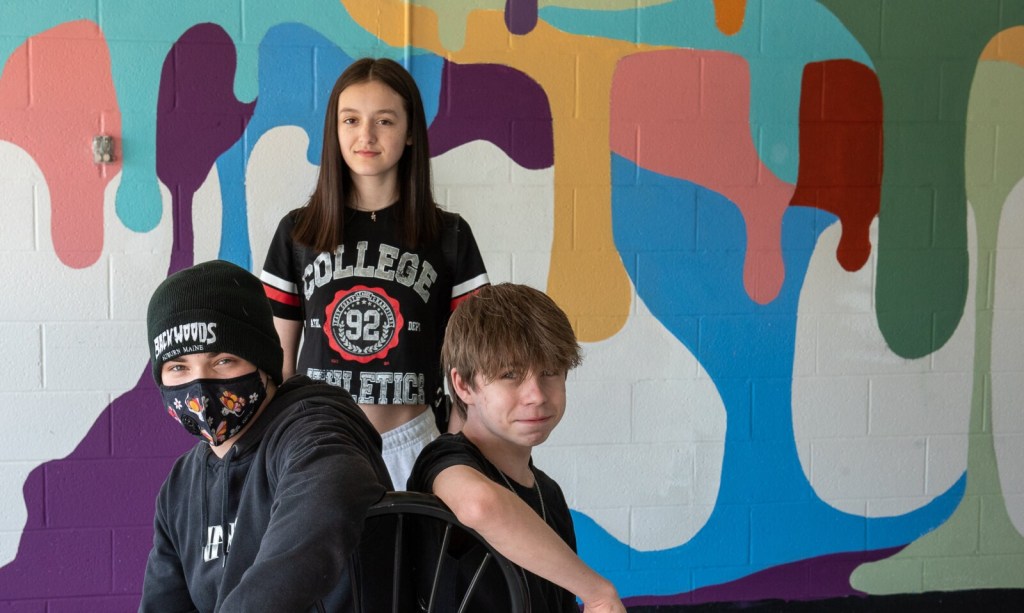
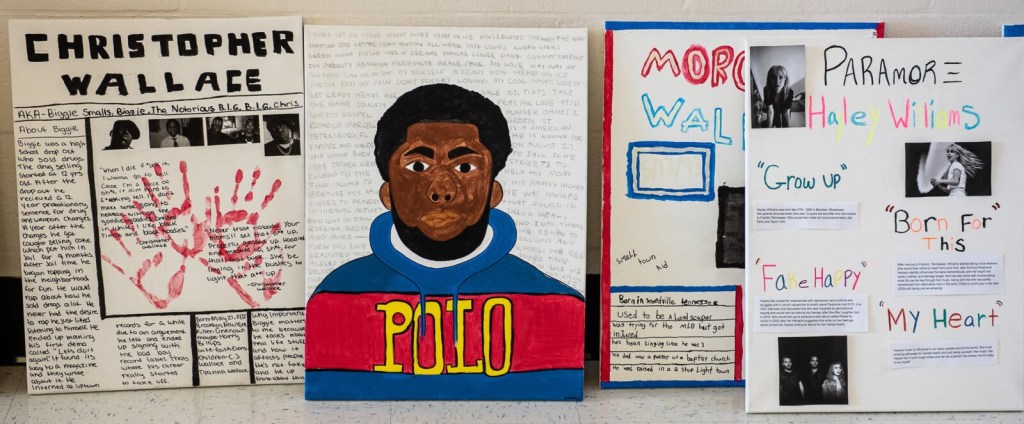
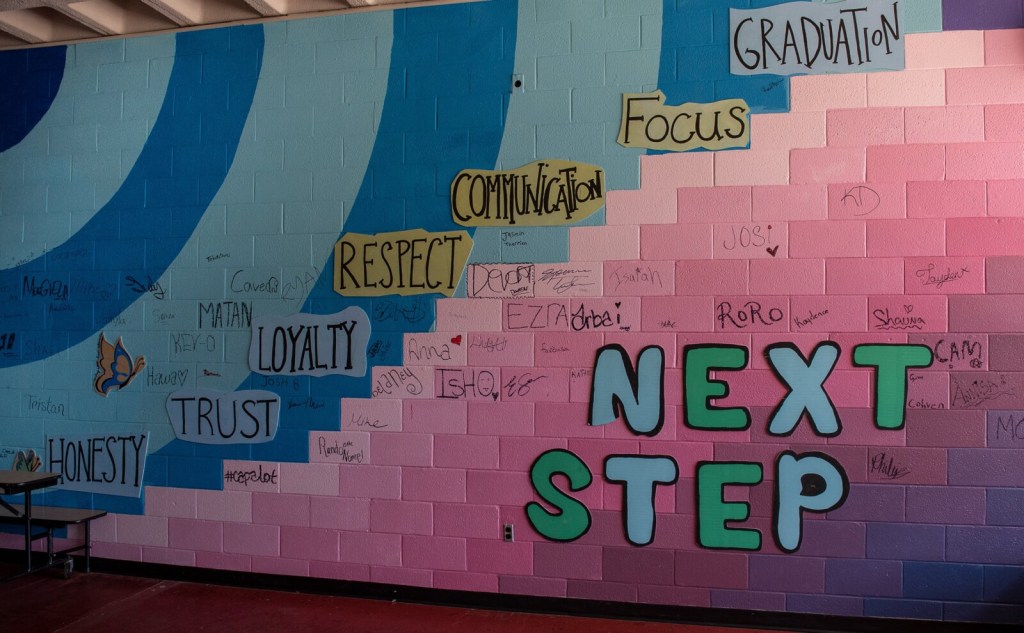
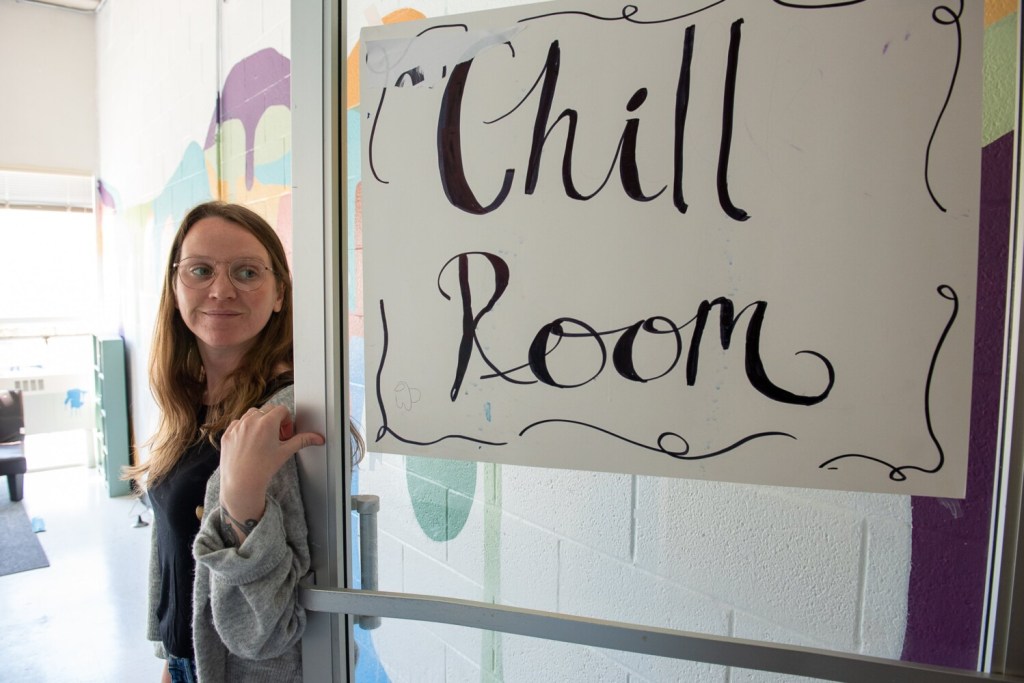
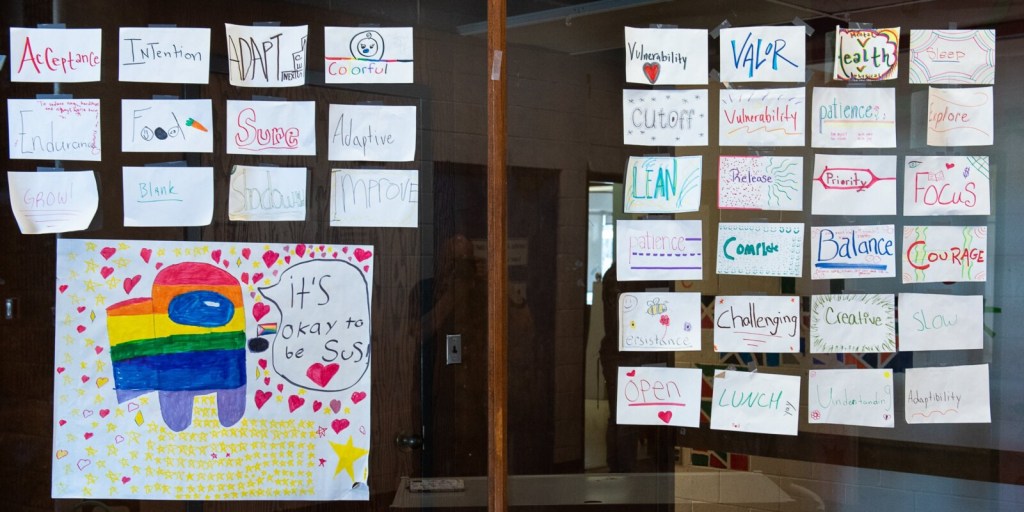
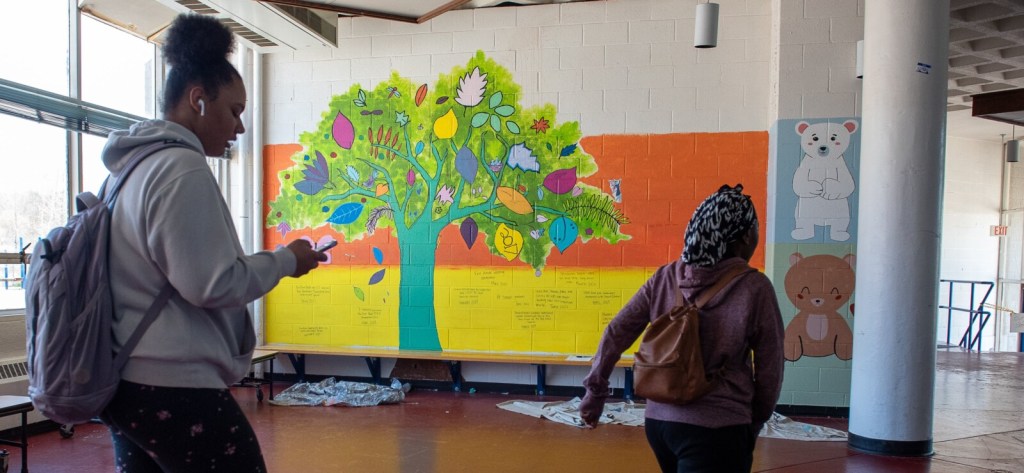


Comments are no longer available on this story